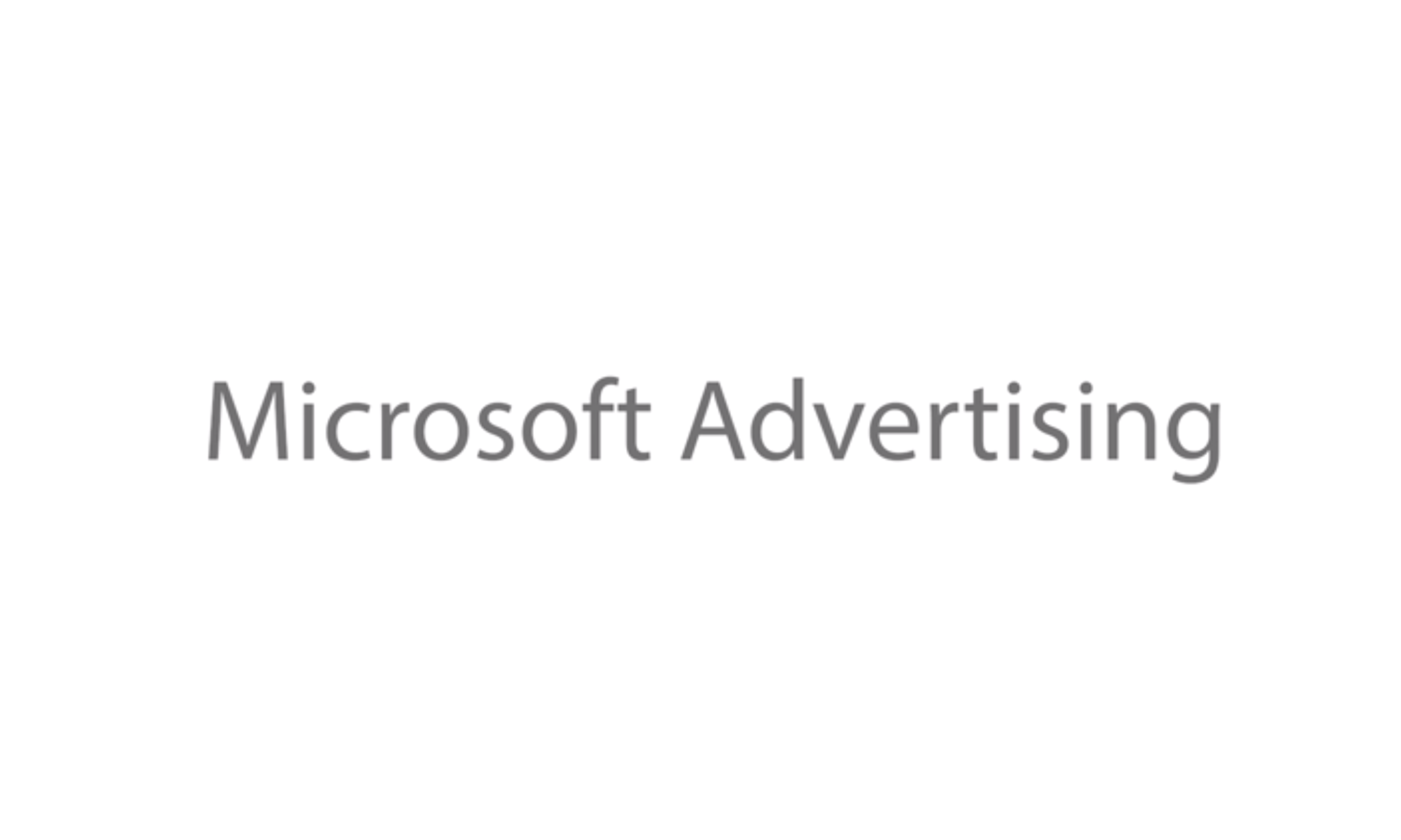
Microsoft Advertising: Complete Buyer's Guide
Enterprise-focused AI advertising platform
Microsoft Advertising is an enterprise-focused AI advertising platform that leverages unique assets including LinkedIn profile targeting, Azure cloud integration, and Copilot-powered campaign optimization to deliver precision B2B advertising at scale.
Market Position & Maturity
Market Standing
Microsoft Advertising occupies a specialized enterprise position within the AI advertising landscape, competing directly with Google Ads in search while offering unique B2B targeting through LinkedIn integration. The platform serves approximately 30% of US desktop search traffic[139][127], establishing significant market presence despite Google's dominance in overall search advertising.
Company Maturity
Enterprise market focus differentiates Microsoft Advertising from broader consumer-oriented platforms. The company's integration with Microsoft's enterprise software ecosystem—including Azure, Dynamics 365, and Office 365—creates natural adoption pathways for organizations already utilizing Microsoft technologies.
Growth Trajectory
Market validation comes through documented customer success across diverse industries and company sizes. The platform's ability to scale operations from 7,000 to 19,000 client accounts as demonstrated by Hibu showcases operational maturity and technical scalability[138].
Strategic Partnerships
Strategic partnerships and acquisitions have strengthened the platform's capabilities, including the integration of Kenshoo's budget optimization capabilities into Microsoft's advertising suite.
Longevity Assessment
Long-term viability is supported by Microsoft's financial stability, continued investment in advertising technology, and strategic importance of advertising revenue within Microsoft's broader business model.
Proof of Capabilities
Customer Evidence
Gandalf Books achieved exceptional performance outcomes through Microsoft Advertising's AI optimization capabilities, documenting 1316% ROAS and 100% higher revenues while maintaining stable cost-per-click rates[137].
Quantified Outcomes
Cost efficiency validation shows CPCs averaging $0.062, approximately 30% lower than Google Ads in B2B verticals[139].
Case Study Analysis
Softchoice demonstrated operational efficiency gains through Copilot integration, reducing content creation time by 70% for internal training modules and marketing materials[133][132].
Market Validation
Hibu's enterprise-scale validation showcases the platform's ability to support significant business growth, scaling from 7,000 to 19,000 client accounts while driving 47% year-over-year spend increase through AI-automated Audience Ads[138].
Reference Customers
Cross-industry validation spans e-commerce, B2B services, insurance, and enterprise software, indicating broad applicability rather than niche-specific effectiveness.
AI Technology
Microsoft Advertising's AI technology foundation centers on three integrated AI systems that leverage Microsoft's broader enterprise ecosystem for competitive advantage. The platform's Copilot integration provides real-time campaign diagnostics and optimization recommendations, analyzing campaign performance data to identify opportunities for improvement and automatically suggesting bid adjustments, audience refinements, and creative optimizations[129].
Architecture
The platform's Azure cloud integration enables sophisticated first-party data utilization, allowing organizations to leverage CRM data, customer behavior patterns, and business intelligence for hyper-personalized messaging. This integration creates a unified data ecosystem where advertising campaigns can be informed by comprehensive customer profiles spanning sales, marketing, and service interactions[128][129].
Primary Competitors
Google Ads and Meta platforms.
Competitive Advantages
Primary competitive advantages position Microsoft Advertising strategically against Google Ads and Meta platforms through LinkedIn Profile Targeting—enabling precision B2B audience segmentation unavailable through other advertising platforms[140].
Market Positioning
Market positioning establishes Microsoft Advertising as an enterprise-focused solution within the AI advertising landscape, competing directly with Google Ads in search while offering unique B2B targeting through LinkedIn integration.
Win/Loss Scenarios
Win scenarios favor Microsoft Advertising for B2B marketing teams requiring LinkedIn-level targeting precision, organizations already integrated with Microsoft's ecosystem, and companies prioritizing desktop search advertising with sophisticated CRM integration. Loss scenarios typically involve mobile-first marketing strategies, simplified implementation requirements, or extensive video advertising needs where Google and Meta platforms provide superior coverage[139].
Key Features

Pros & Cons
Use Cases
Featured In Articles
How We Researched This Guide
About This Guide: This comprehensive analysis is based on extensive competitive intelligence and real-world implementation data from leading AI vendors. StayModern updates this guide quarterly to reflect market developments and vendor performance changes.
142+ verified sources per analysis including official documentation, customer reviews, analyst reports, and industry publications.
- • Vendor documentation & whitepapers
- • Customer testimonials & case studies
- • Third-party analyst assessments
- • Industry benchmarking reports
Standardized assessment framework across 8 key dimensions for objective comparison.
- • Technology capabilities & architecture
- • Market position & customer evidence
- • Implementation experience & support
- • Pricing value & competitive position
Research is refreshed every 90 days to capture market changes and new vendor capabilities.
- • New product releases & features
- • Market positioning changes
- • Customer feedback integration
- • Competitive landscape shifts
Every claim is source-linked with direct citations to original materials for verification.
- • Clickable citation links
- • Original source attribution
- • Date stamps for currency
- • Quality score validation
Analysis follows systematic research protocols with consistent evaluation frameworks.
- • Standardized assessment criteria
- • Multi-source verification process
- • Consistent evaluation methodology
- • Quality assurance protocols
Buyer-focused analysis with transparent methodology and factual accuracy commitment.
- • Objective comparative analysis
- • Transparent research methodology
- • Factual accuracy commitment
- • Continuous quality improvement
Quality Commitment: If you find any inaccuracies in our analysis on this page, please contact us at research@staymodern.ai. We're committed to maintaining the highest standards of research integrity and will investigate and correct any issues promptly.